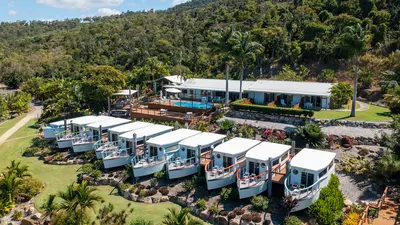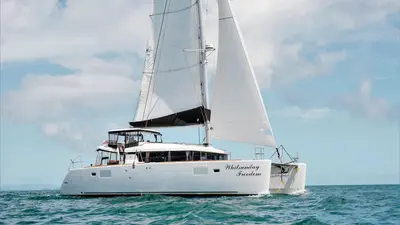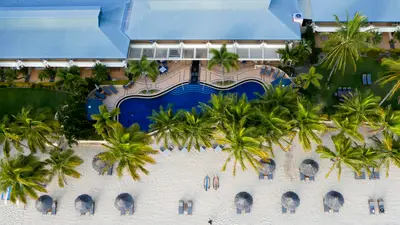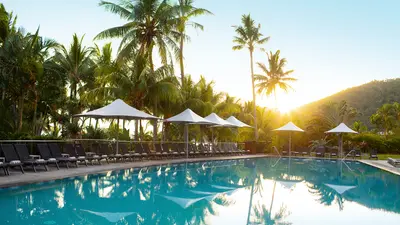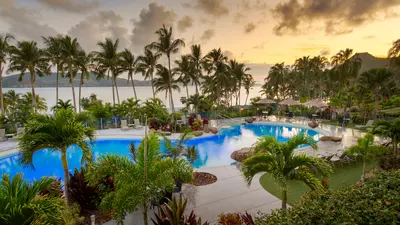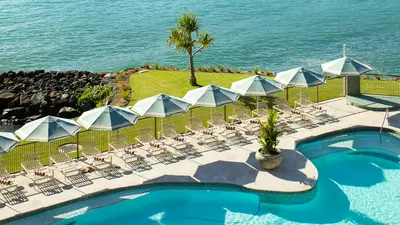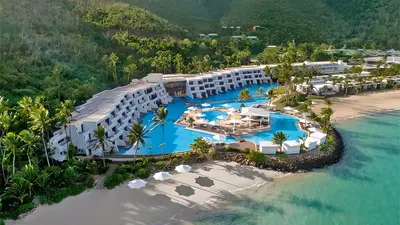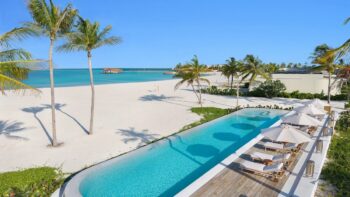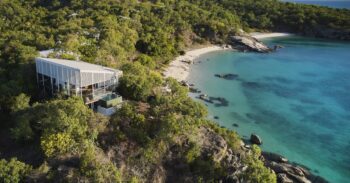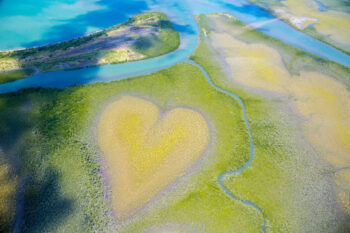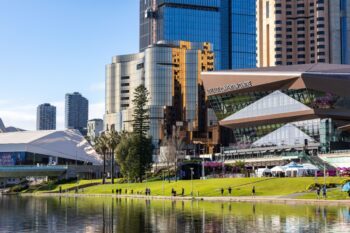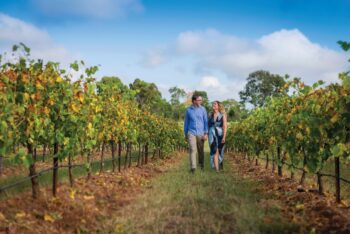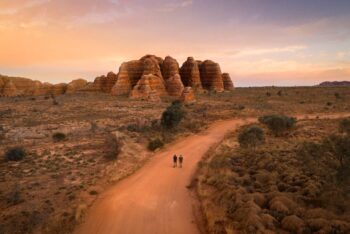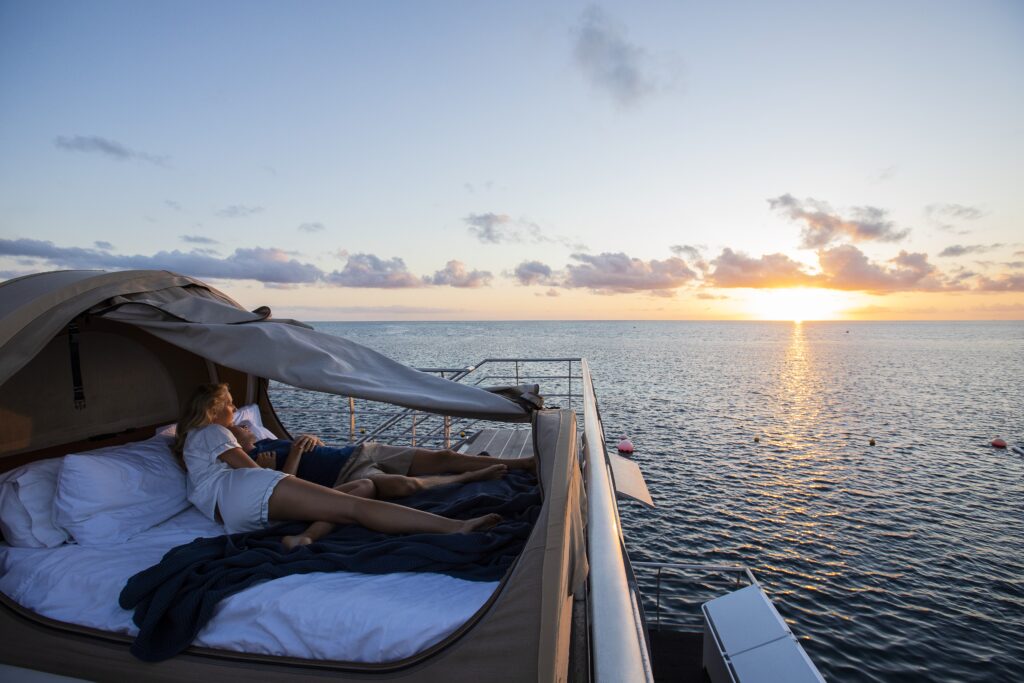
When it comes to wildlife spotting, whether it’s down to poor eyesight or plain bad luck, I’ve never been fortunate enough to catch a glimpse. But I am determined that my 24 hours on a pontoon on Hardy Reef with Cruise Whitsundays will be different.
I am in the right place. In 2023, the Whitsundays achieved Candidate Whale Heritage Site status from the World Cetacean Alliance, which means it’s on track to be the world’s first Whale Heritage Area within a World Heritage-listed site, the Great Barrier Reef. Each year between June and October, thousands of whales – primarily humpback – migrate north from Antarctica to the warmer, calmer waters of The Whitsundays to breed.
The pontoon, our home for the next 24 hours, has recently undergone a $10 million refurbishment to become the bucket-list-worthy Reef World of today. There’s a bar, a white tablecloth dining space, sundeck and an underwater observatory. On top of the three-deck-high pontoon are 12 luxury Reefsleep swags, while below deck you’ll find two Reefsuites with floor-to-ceiling views of the reef’s underwater activity. These suites are a hot commodity and book out well in advance.
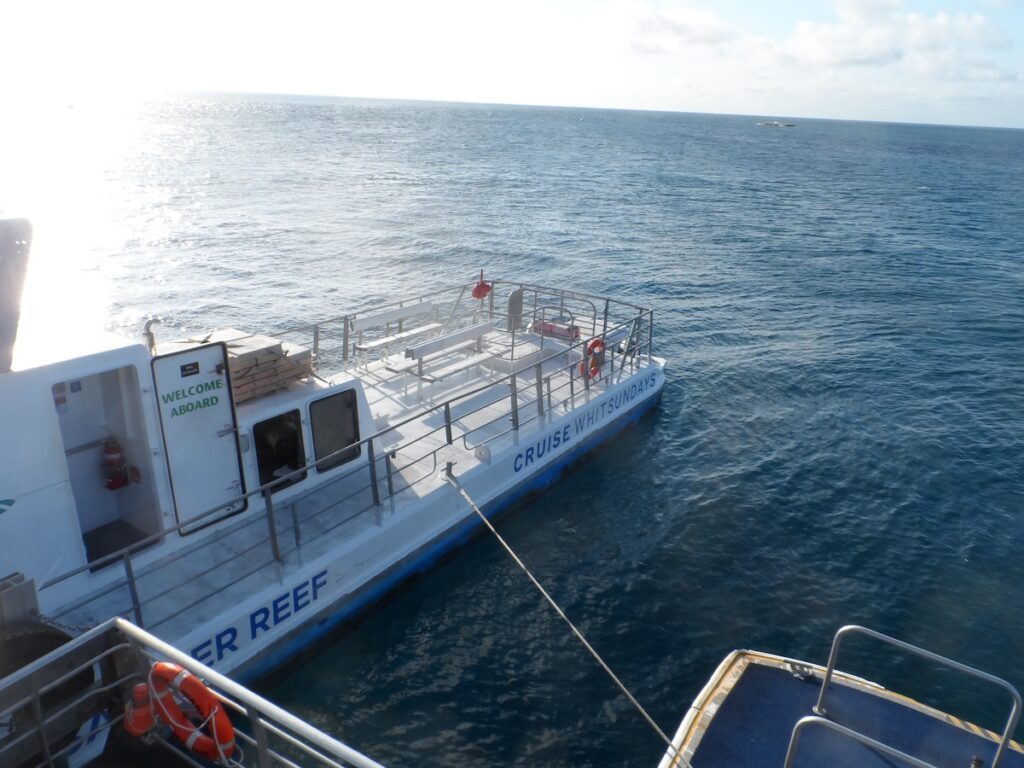
We are immediately handed wetsuits and masks for a guided snorkelling safari. Tropical fish dance between rippling columns of sunlight: yellow-tipped butterflyfish; black-striped surgeonfish; and parrotfish whose iridescent scales shift between cerulean, lilac and peach. We trace the coral wall in a single file, our guide, Bea, wordlessly pointing out giant clams, a clownfish as small as a button peeking out through anemone, and one big-lipped, large-bodied Māori wrasse that regards us with interest.
While the small fish and coral dazzled me, I am still firm in my quest to spot a whale. Greg , our pontoon manager, is bullish. “On this pontoon just the other week I saw nine (whales) crossing The River,” he says. The River is a 200-foot-deep channel that runs between Hardy Reef and Hook Reef – an ideal crossing for our large mammal friends.
“Really, the best way to spot whales is costly but worth it: on a helicopter. That way you have the whole scope of the reef and that birds’ eye perspective that makes spotting them so much easier.”
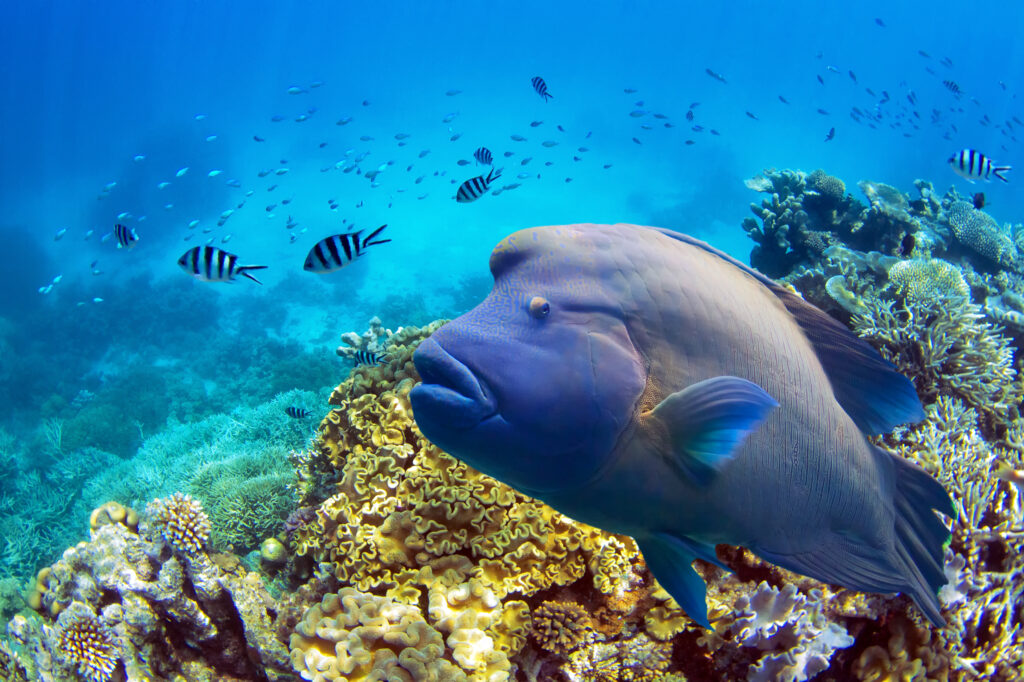
A window to the reef’s inhabitants
Instead, I am headed below the water to the underwater observatory with a floor-to-ceiling glass wall offering a mesmerising glimpse into the reef world. The hypnotic effects are particularly strong at night – especially with a flute of bubbly in hand. A silver, solid wall of giant trevally is attracted to the glow from the pontoon, their scales flashing like coins in the light. It was easy to while away the hours watching the fish move in perfect synchronicity.
But the real showstopper came at sunrise. Still cosy in my swag, I unzipped the opening to poke my head out and watch the sun make its daily ascent, turning the sky grey, lilac, and gold. Sadly that also meant it was time for me to leave.
It wasn’t long into the voyage home when a friendly crew member taps my arm insistently, her voice almost lost in the wind as she exclaims: “Whale!”
I follow her gaze. There, in the distance, a humpback whale breaches the water’s surface. Its massive body hoisted higher than I thought possible. It claps back down in a spray of sea water and disappears below the surface, before its giant fin pokes out of the reef, white and large as a boat’s sail. Over and over, the whale disappears and leaps from the water, playing a delightful game of peek-a-boo. I can’t tear my eyes away.
Studies suggest that a whale breaches to remove any pests clinging to their bodies. Others claim it’s to communicate with nearby whales, or to gain a location bearing to the land. But in that moment, there was no denying that this acrobatic, twisting display was simply a playful act of splashy fun. And one that delighted this usually unlucky wildlife spotter.
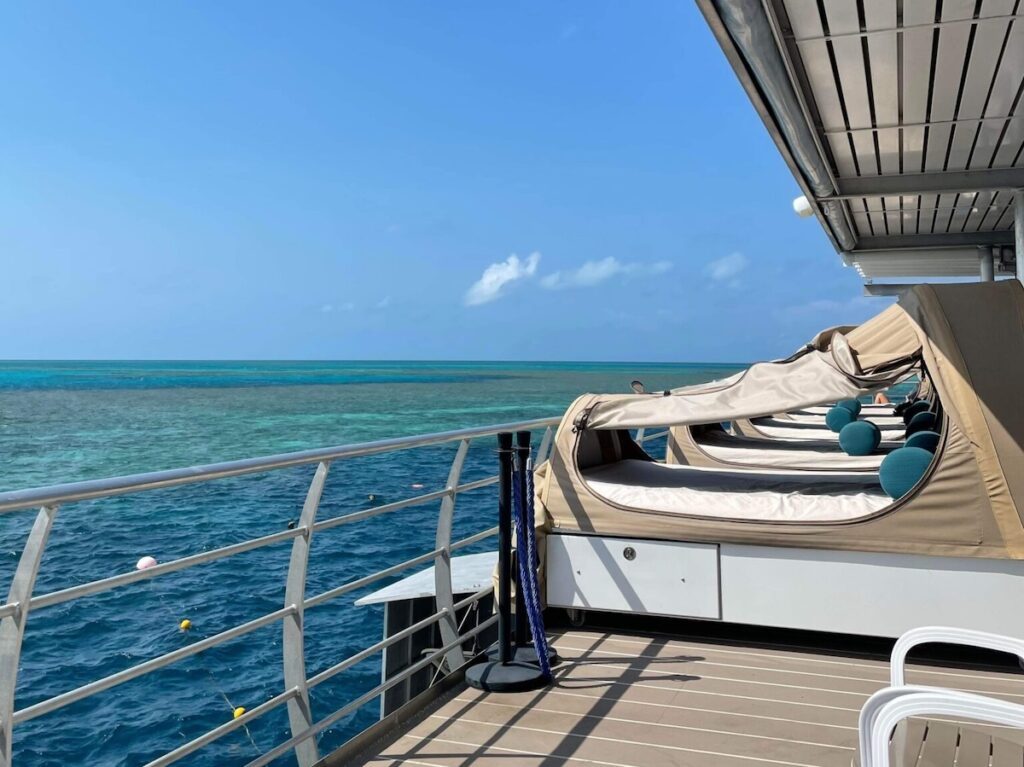
The writer was a guest of Cruise Whitsundays.
